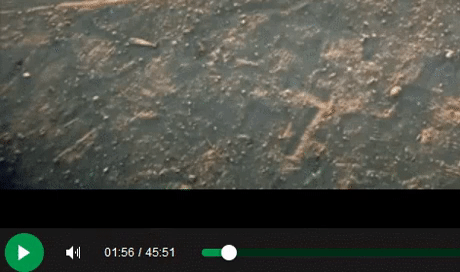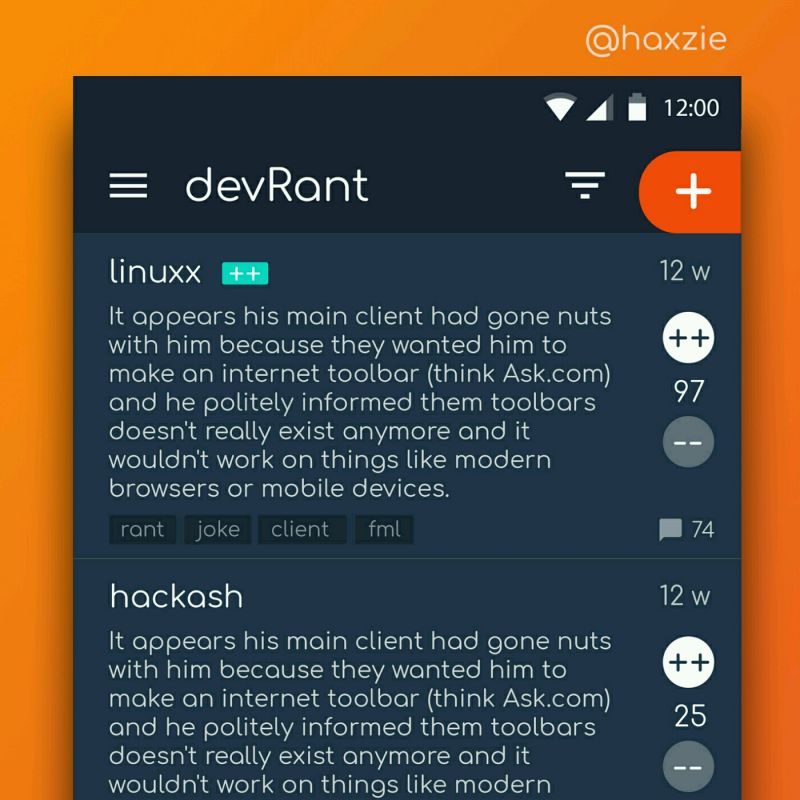Ranter
Join devRant
Do all the things like
++ or -- rants, post your own rants, comment on others' rants and build your customized dev avatar
Sign Up
Pipeless API

From the creators of devRant, Pipeless lets you power real-time personalized recommendations and activity feeds using a simple API
Learn More
Comments
-
@atheist oh there is no doubt I'm being optimistic.
Consider: if you want the user to 1. Be able to accomplish a particular goal or task, 2. Experience a certain emotion, 3. Aim for enhancing some other concern (aesthetic, genre expectations, simplicity, etc)
What would you start with, the tool or the desired outcome?
You dont pick up a hammer and say let's chop some trees down. You decide to chop trees down and then you go find a chainsaw. (Probably a bad example).
Same principle with decisions in design. What is your intent? What is the user's intent?
And then you decide what layout, interactions, and the particular ui elements are best going to achieve that.
My canonical example is invincible bosses in games such as TLOU, or Alien Isolation. The designer intent is to inspire fear and cause the players to run.
Another is on some web pages where the page autofocuses input to the search box.
Or the feed on some social media, such as YT, the intent is to keep people watching. -
In short, effective designs will have form that follows intent because otherwise it defeats the purpose of the design and elements in question, wouldn't you say?
-
I think the article interprets a whole lot more into the phrase than there really is
"Form follows function" => The design shouldn't stand in the way of functionality
Related Rants

 My friend said an intern designed this UI for an internal site.
No. Just... no
My friend said an intern designed this UI for an internal site.
No. Just... no Product dev: We need a new volume slider for ou...
Dev: Say no more!
Product dev: We need a new volume slider for ou...
Dev: Say no more! Been looking around ways to improve devrant's user experience a little, Idk whether you guys like it or not.. ...
Been looking around ways to improve devrant's user experience a little, Idk whether you guys like it or not.. ...
First, I propose an alternative to "form follows function": form follows *intent*
Second, the following article is absolutely worth reading if you are a designer of any sort:
https://borism.medium.com/forget-fo...
devrant
ui
design